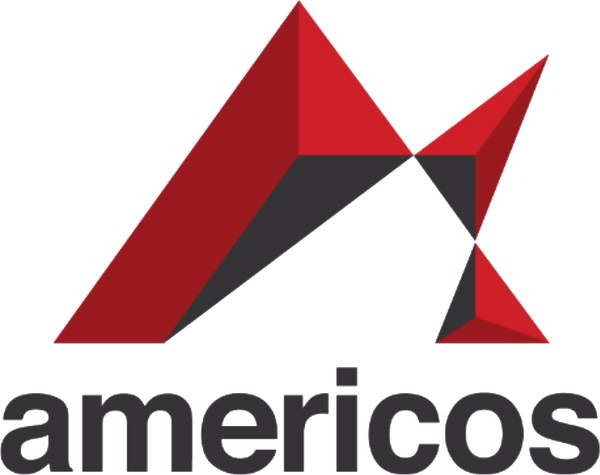Isn’t it fascinating to see chameleon or a cuttlefish change its colour to drive away from the predators and attract prey? Various natural and man-made elements change colour due to changes in exterior temperature, and few are very melodramatic about their change.
The term “Thermochromic” is derived from two Greek terms: Thermos meaning heat and Chroma meaning colour. Materials made from or painted with Thermochromic powder shift their colours at different temperatures. Generally, they are mixed with inks and then printed on plastic strips to make temperature indicators.
Various daily life products are made by using these products like baby bottles or the kettles that change colour to indicate the perfect temp. A battery test strip is also one of the common device. Most of the Thermochromic items are founded upon liquid crystal tech.
One of the most prevailing forms of these is the Thermochromic Pigment. They have gained entrance in various manufacturing industries like textile, plastic-ware, defence and military. There are two functional types of Thermochromic pigment:
Liquid crystal type
A wide range of colour variation spectrum can be seen by using liquid crystal thermochromic colour as they tend to mirror certain light wavelengths that land on their surface. This uninterrupted heat sensitive colour changing occurs because of the change in molecular arrangement when the liquid crystal is brought near a different temperature. Such substances contain cholesteric liquid crystals or amalgamations of nematic and cholesteric liquid crystals.
![]()
The range of temperature at which these liquid crystals reacts is -24°F to 194°F; that would be -30° to 90° in Celsius scale. You would need a black backdrop to obtain striking colour effects from these TLC products. The best utilization is through plastic products like a thermometer. Since these rely on water to perform; they are less efficient and difficult to work with than Leuco dyes.
Leuco dyes
Leuco dyes are the natural or organic form of Thermochromic pigment powder; they are not directly linked to the finished Thermochrome materials. These dyes are a blend of three different components which are: a Halochromic dye which is pH alteration sensitive, a Solvent and a Color Developer.
The developer successfully gives away one proton that is received by the dye. At lower temperatures, solvent takes a solidified shape; and liquefies when heated. It acts as a barrier between the developer and the dye.
Leuco dyes are also recognized under the name of Molecular Rearrangement Dyes; they display one colour switch because of the molecular reorganization in the chemical framework. This heat-sensitive colour changing can be envisioned as a conversion from coloured to neutral shade or two-sided colour change. Two of the most superior processes of the molecular reorganization are ring-opening or ket-enol tautomerism.
Uses of Thermochromic pigments
The wide range of heat changing pigments are developed to change colours according to body temperature; this quality has raised the demand for these products in the textile and clothing manufacturing industries.
These can be used on a broad array of products that need to display temperature warnings like coffee and teacups, food storage packs and other heated surface caution labels. Whenever the pigment comes across temperature change it shifts its colour to the applied Thermochromic shade.
These products are also being used in building and construction works, packaging labels, and personalized covers for CDs and DVDs. Labels for brews and drinks are already being made from these and continuing to come up with new ideas to incorporate Thermochromic patterns.
Maximum new companies use these to make their products look visually appealing and lively. If used creatively, the products can outshine any other in competition.
Thermo colour changing paint attract a lot of attention towards them; and are a revolutionary replacement to old traditional plain inks. The Thermochromic products are comparatively high-priced than the normal inks, but since they are so versatile they keep finding their way in the markets in innovative forms.
Across the globe, the demand for Thermochromic powder is increasing with each passing day; North America and Europe have emerged as the largest marketplaces for these products. This expansion in these locations is assisting the new automotive coating and printing industries.
At present, the global leader of the heat changing pigment market is, undoubtedly, North America. The US has taken full use of these growing demands of industries and markets to contribute highest to the world’s Thermochromic product trading. Canada is the second in the race after the US in consuming Thermochromic products in Northern America. It has been foretold that the Asia Pacific will display a high rate of increasing industrialization and hiking per capita income of the citizens.
The reversible Thermochromic pigments and products are climbing up the ladder of popularity for their colour-switching qualities; this makes them apt to be used in decorative and ornamental goods. The irreversible Thermochromic pigment, if compared, has a lower costing than the reversible Thermochromic pigment.
This is because it can change its colour only once along with the temperature fluctuation it faces. The market share according to volume has the irreversible Thermochromic pigment leading while market share value is lead by reversible Thermochromic pigment.

